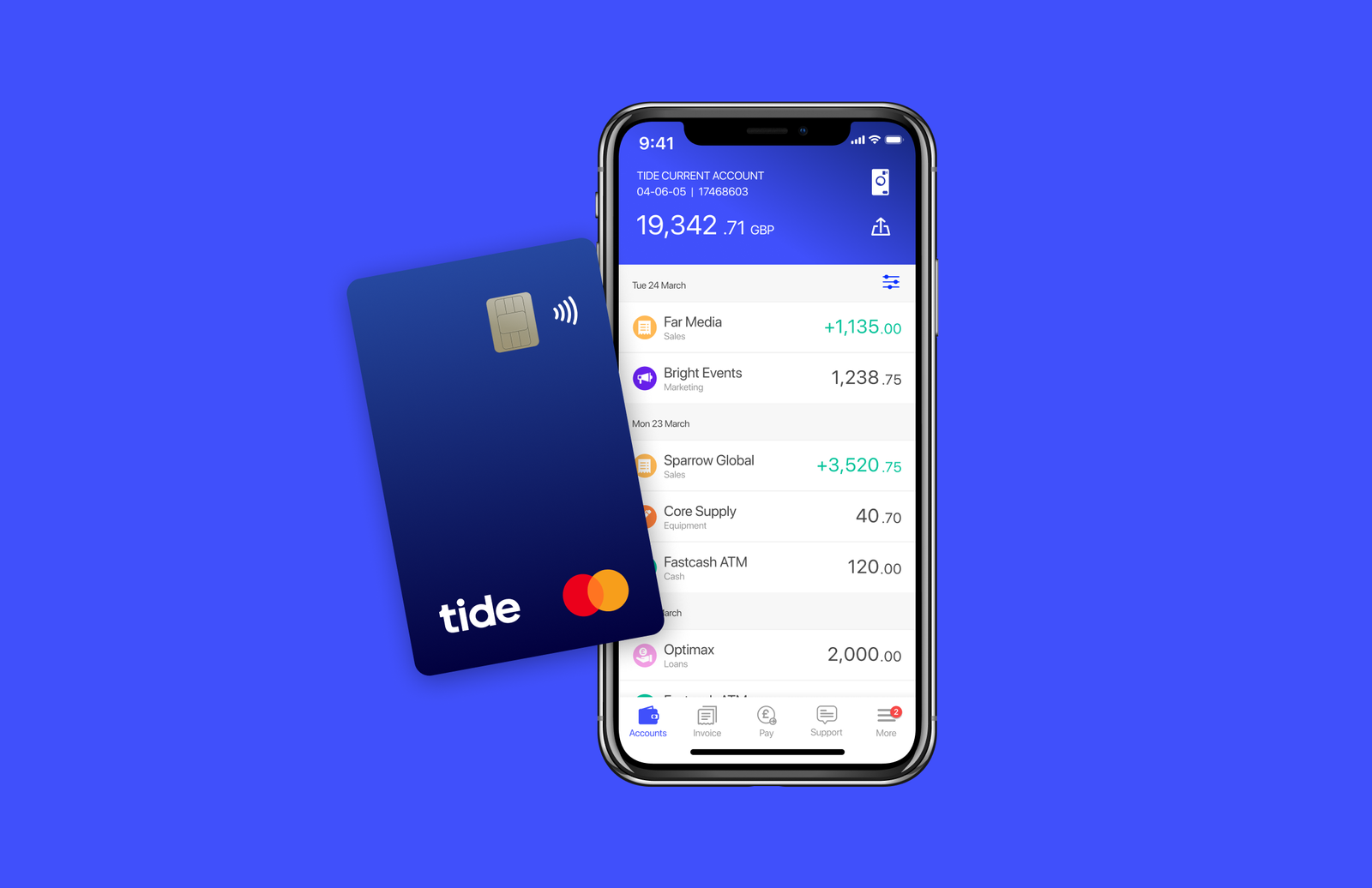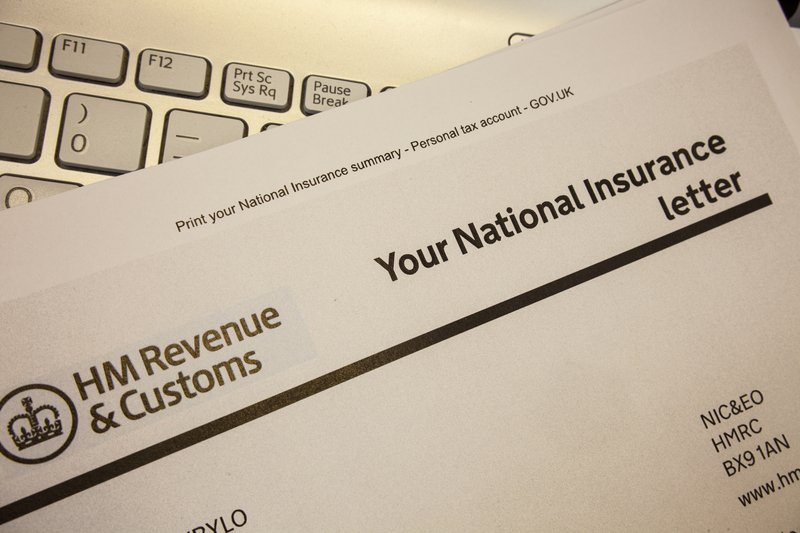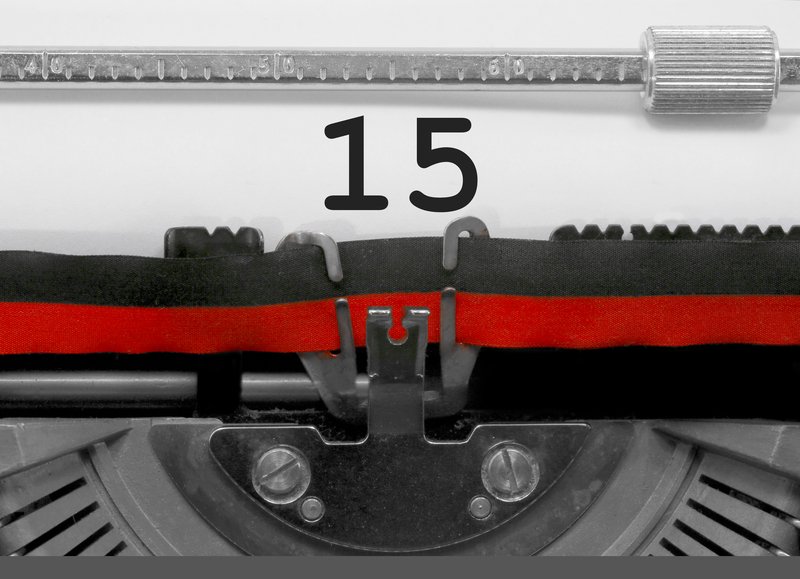National insurance (NI) is a deduction from earnings, originally set up to fund various state benefits such as the NHS and the state pension.
[From 6th April 2025, Class 1 Employers’ NICs increase from 13.8% to 15% on salaries of £5,000 or more. The Employment Allowance rises from £5,000 to £10,500].
In reality, NI is just another tax in all but name. Standard income tax rates have remained more or less constant for many years, but NI rates have increased.
In this guide, we explain how the NI system works, and what rates you pay as a) a sole trader and b) a limited company owner.
We have updated this guide for the 2025/26 tax year
Different types of National Insurance Contributions (NICs)
Class 1 NIC
This is paid by both employees and employers.
These are calculated as a percentage of wages – with upper and lower thresholds.
This is the most common type of NI in the UK.
Limited companies pay Class 1 contributions, but the self employed (sole traders) pay Class 4 and 2 (see below).
Class 1A
If employees receive perks—such as a company car—as part of their job, this is known as a ‘benefit in kind’.
Employers pay a ‘special rate’ – Class 1A NICs – on the value of such perks.
Any NI owed on benefits in kind provided to each employee is paid to HMRC after the end of the tax year.
Class 2 NIC
This is paid by the self-employed and is now voluntary (see below for details).
Class 3 NIC
Free Tide Business Bank Account - £50 Cashback!

Open a free business current account to qualify + enjoy 12 months free transactions. Read our Tide review.
Voluntary Contributions. You can pay these to help fill gaps in your national insurance contribution record to ensure you receive your full State Pension entitlement. HMRC may get in touch occasionally if there are gaps in your record.
Class 4 NIC
You pay Class 4 contributions if you are self-employed and your profits are over a certain amount each year (see below for details).
NICs for sole traders (self-employed)
If you are a sole trader, you pay income tax on your business profits (as a self-employed individual or member of a partnership).
You also pay National Insurance Contributions (NICs).
- Sole traders pay Class 4 NICs on their annual profits.
- Class 4 National Insurance Contributions are applied to annual profits.
- Class 4 tax is levied at 6% on profits between £12,570 and £50,270, and 2% on profits above £50,270.
- Voluntary Class 2 National Insurance Contributions are £3.45 per week. You must pay Class 2 NICs if your annual profits are below £6,845 per year to ensure the current tax year counts towards your State Pension.
- If your profits are above £6,845 per year, you will automatically receive a State Pension credit for 2025/26 and there’s no need to make any Class 2 Contributions.
Access the full current NI rates and allowances here.
NICs for Limited Company Directors
For tax purposes, if you are a company director, you are also an ’employee’ of the company.
Therefore, both your limited company and its employees pay NICs on any earnings.
Please note that you only pay NICs on your salary – not dividends.
- Employees (Primary Class 1 Contribution) are 8% on earnings between £12,570 and £50,270. And 2% on earnings above £50,270 per year.
- Employers (Secondary Class 1 Contribution) pay 15% on earnings above £5,000 (per employee) annually. This salary level is known as the ‘secondary threshold’.
- Your company may be able to claim the Employment Allowance, which offsets the first £10,500 of employers’ NI your business pays each year. Significantly, one-man band companies are not eligible.
- If employees receive any ‘benefits in kind’ during the tax year, the employer pays Class 1A NICs on the value of the benefit. The employee pays income tax on the value, but not NICs.
For more details, you can read HMRC’s Guide to NI for Company Directors.
How do you pay your National Insurance liabilities?
The payment process is different depending on how you trade.
If you’re an employee (limited company)
If you work for a limited company or are a normal ’employee’, your NICs are deducted from your pay through payroll.
Every time you are paid, your income tax and NICs are deducted automatically via PAYE.
The employer makes – and keeps – any PAYE deductions on employees’ behalf before transferring the liabilities to HMRC.
Your company can usually pay quarterly if it usually owes HMRC less than £1,500 every month.
If you’re self employed (sole trader, partnership)
Your NIC liability is calculated when you submit your self assessment tax return at the end of each tax year.
You pay any income tax and NICs you owe by the 31st January deadline following the end of the tax year in question.
Please note that 31st January is the deadline to submit your tax return, and transfer cleared funds to pay any tax you owe.
What if I’m self employed but also an employee at the same time?
Many individuals are employees, but also generate extra income from a small business or side project.
Your employer will continue to deduct Class 1 NICs from your wages, as normal.
You also need to submit a self assessment tax return as you have untaxed income to declare.
And you pay any extra Class 2/4 NICs and income tax owed from your small business via self assessment.










